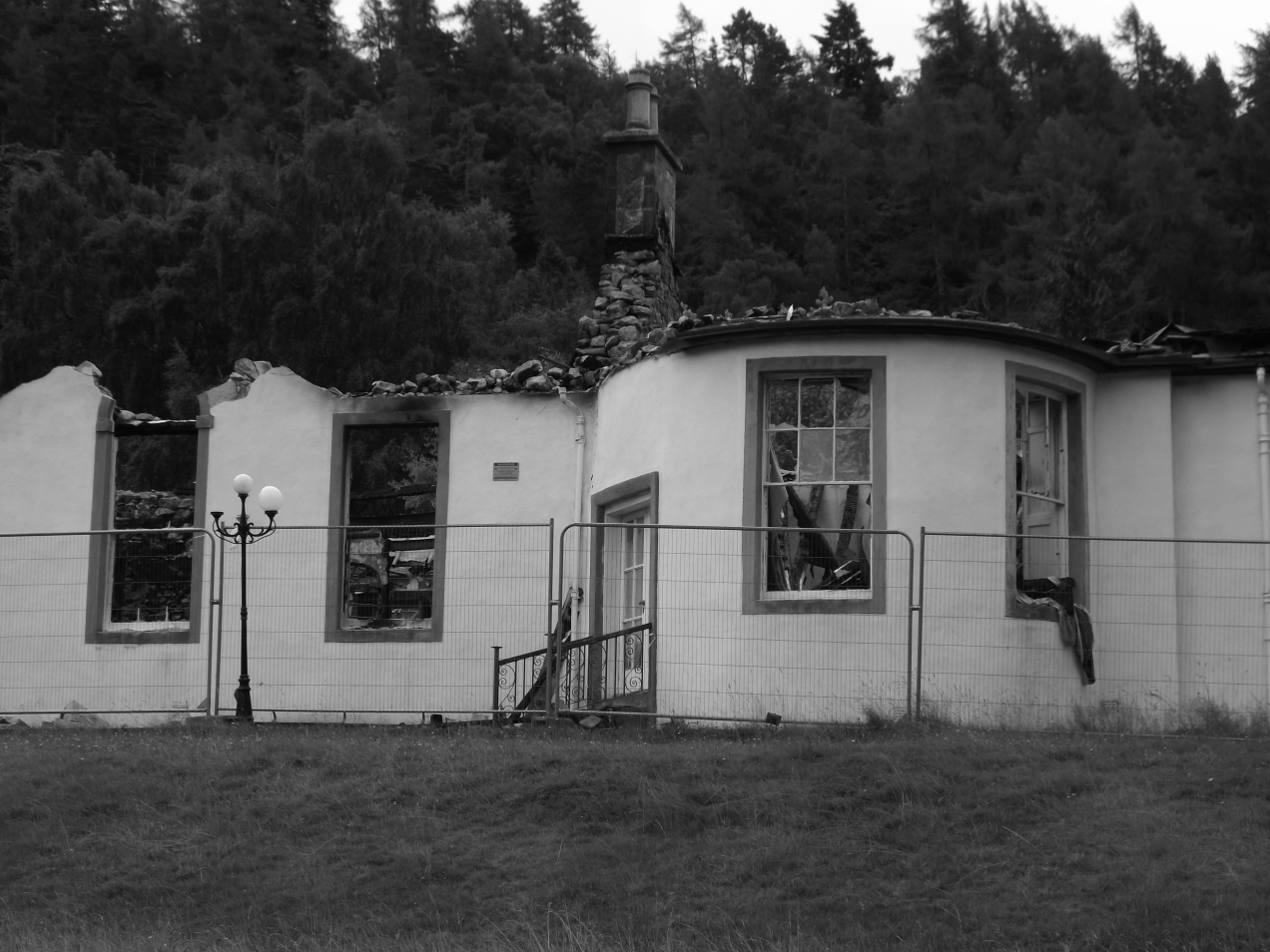From the roof of the University of the Sorbonne, the gargoyles heard the insistent, contented sound that drifted up from the cafés and restaurants. They had watched the city destroyed and rebuilt, time and again; the bloodshed of the Terror, the anarchy of the Commune, the industrial destruction of the Great War. The streets changed, but the spirit of the city remained, the noise a consistent background. They kept their own stony, silent council.
But tonight, among the frozen poses of the statuary, a figure is moving. As the bright full moon grinned indulgently down, it approaches a stained glass window which, at a casual glance, looks firmly closed. Yet there is just enough of a gap to get a finger in, and he swings it slowly, carefully, open, and enters. From the window, the top of a bookshelf is just reachable. With his back against the wall, gripping the mounting of an inoperative gas-lamp, he leans out across the gap, straining with his left foot towards the shelf. He knows that, if he stumbles, the guards will be on him like lightning. There is a brief moment of panic as he releases his weight from the lamp, but then his foot found purchase on the shelf. Releasing a breath he doesn’t even know he was holding in, he shimmies easily down the shelves like climbing a ladder, to the floor.
“Fortune and glory, Rene,” it whispers.
Continue reading →




 Nova Religio 19.2, a special issue on “Conspiracy Theories in New and Emergent Religions” guest edited by your humble author,
Nova Religio 19.2, a special issue on “Conspiracy Theories in New and Emergent Religions” guest edited by your humble author,  My review of Steven Hrotic’s “Religion in science fiction: The evolution of an idea and the extinction of a genre” for the Journal Religion and Culture has been published online. In short, I rather liked it. Fifty of you can get a pdf copy free and find out why by following this link:
My review of Steven Hrotic’s “Religion in science fiction: The evolution of an idea and the extinction of a genre” for the Journal Religion and Culture has been published online. In short, I rather liked it. Fifty of you can get a pdf copy free and find out why by following this link: